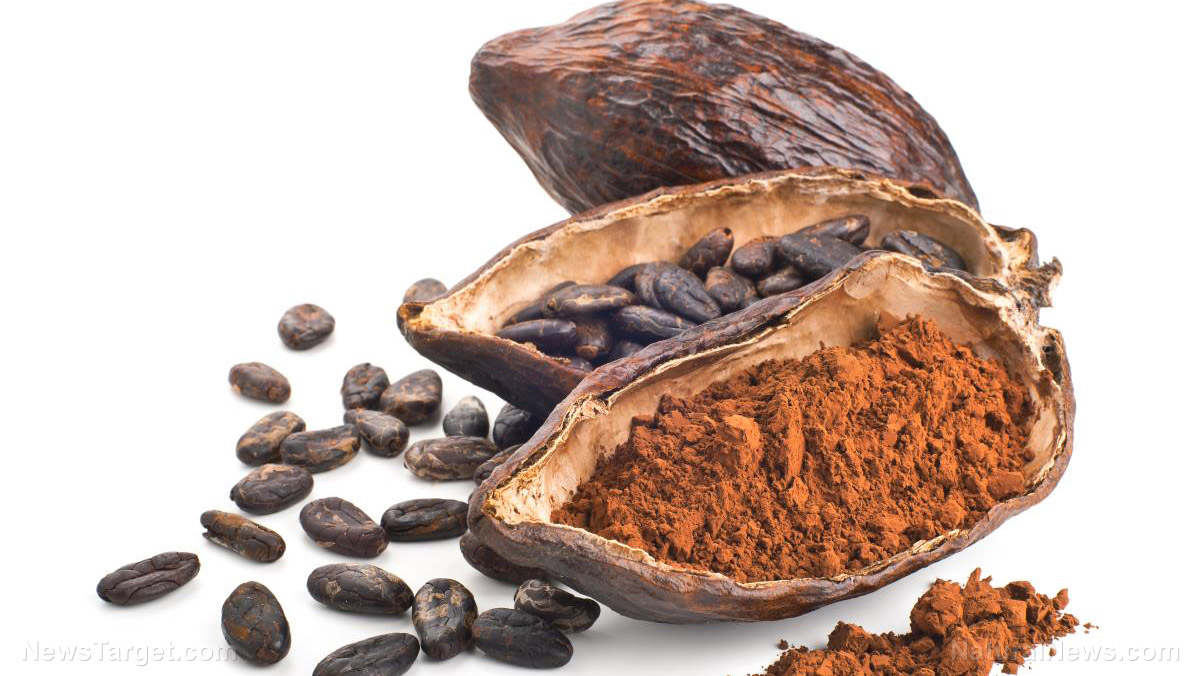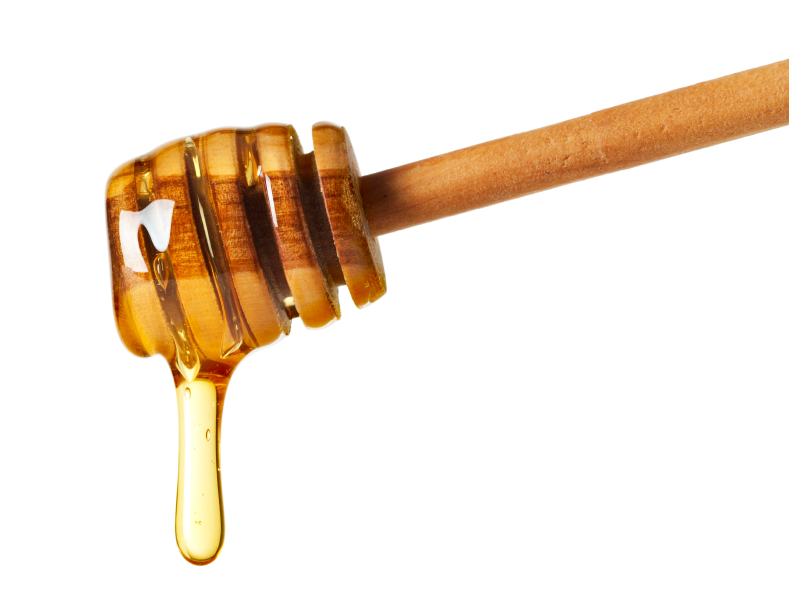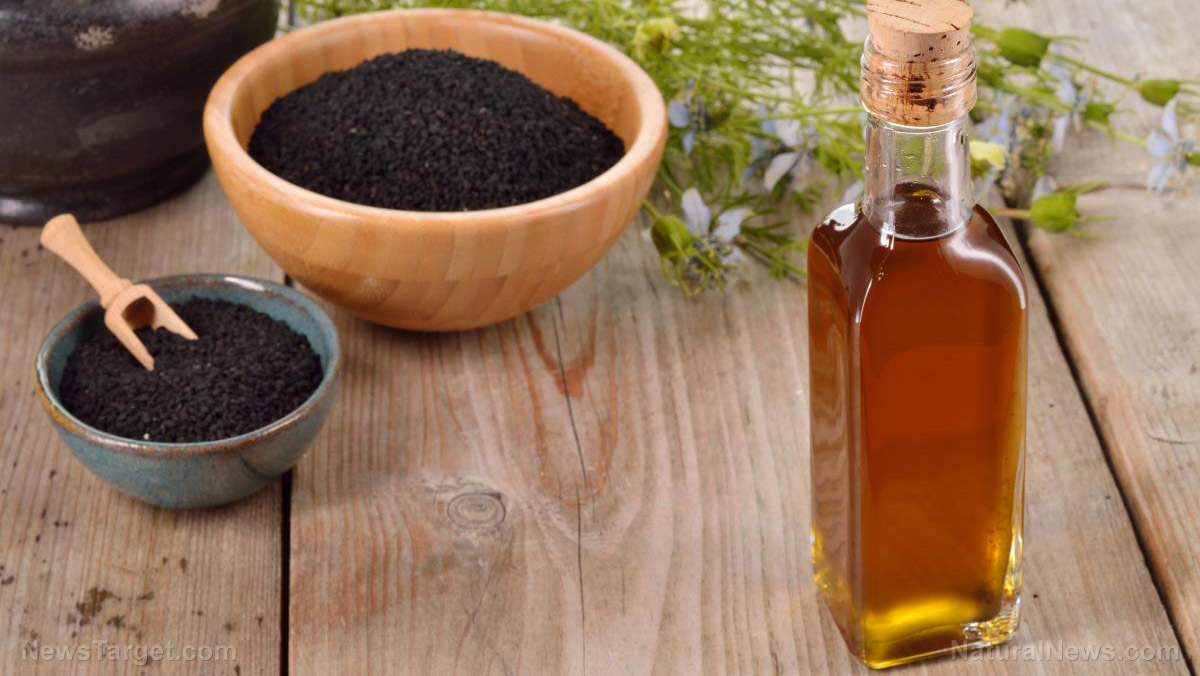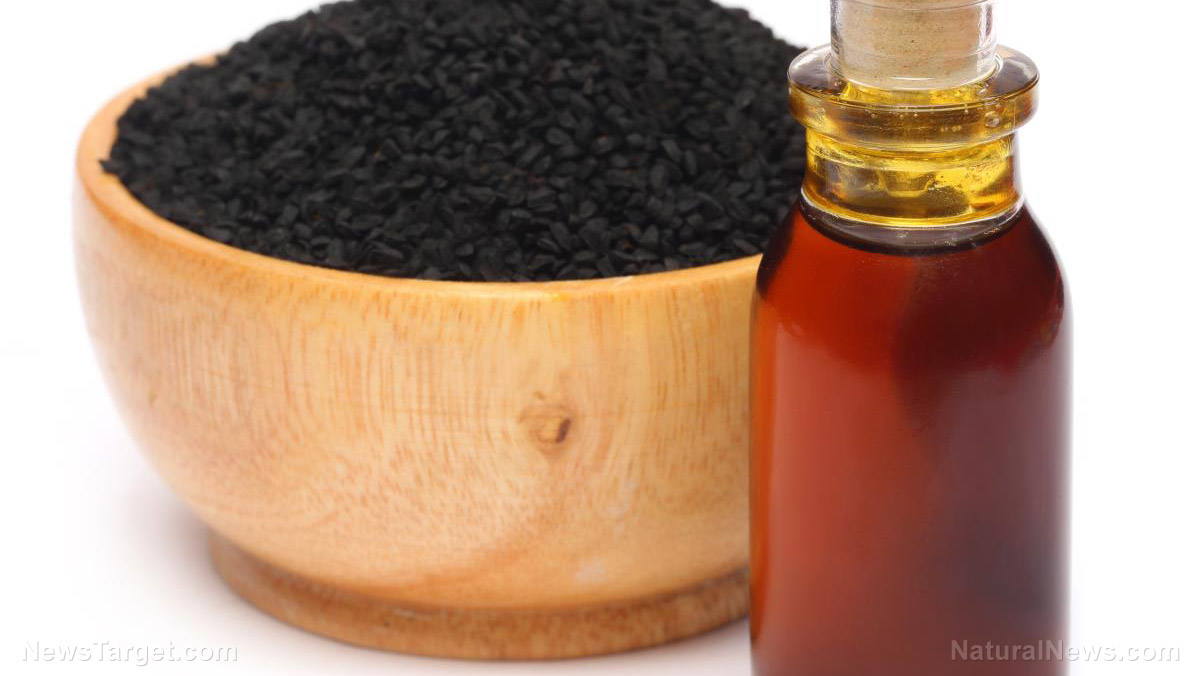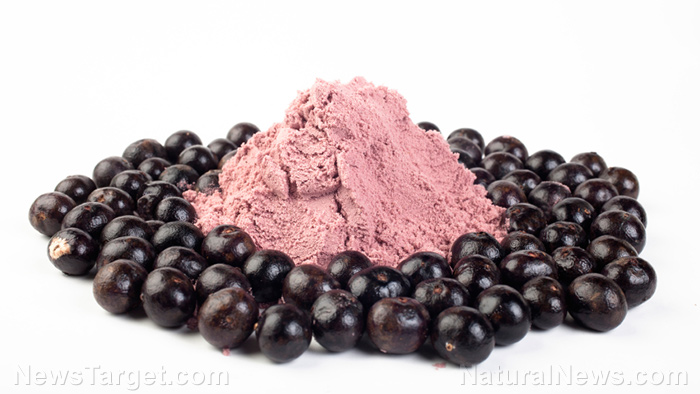Pilot study explores potential of walnuts for inhibiting breast cancer metastasis
02/06/2020 / By Evangelyn Rodriguez

This study is a clinical trial conducted by researchers from Marshall University in West Virginia to determine the effects of walnut consumption on breast cancer. Their results were published in the journal Nutrition Research.
- Walnut consumption slows breast cancer growth and reduces the risk of mammary cancer in mice.
- Previous studies suggest at this benefit is associated with changes in the expression of genes for cancer growth and survival.
- The researchers hypothesized that walnut consumption can alter gene expression in pathologically confirmed human breast cancers and decrease breast cancer growth and survival, as seen in mice.
- For the 2-arm, non-placebo trial, they recruited women with breast lumps large enough for research and pathology biopsies.
- They randomly assigned these women to either the walnut-consuming or the control group.
- Women in the first group began consumption of two ounces of walnuts per day immediately after biopsy collection until follow-up surgery.
- Pathological studies confirmed that the samples collected from the women were breast cancer lumps.
- Two weeks after biopsy, the researchers collected additional samples during surgery. They compared changes in gene expression between the surgical samples and the baseline samples for both groups.
- RNA sequencing expression profiling revealed that walnut consumption significantly changed the expression of 456 identified genes in the tumors.
- Meanwhile, Ingenuity Pathway Analysis confirmed the activation of pathways that promote apoptosis and cell adhesion, and the inhibition of pathways that promote cell proliferation and migration.
Based on these findings, the researchers concluded that walnut consumption could suppress the growth and survival of human breast cancers.
Read the full study at this link.
Journal Reference:
Hardman WE, Primerano DA, Legenza MT, Morgan J, Fan J, Denvir J. DIETARY WALNUT ALTERED GENE EXPRESSIONS RELATED TO TUMOR GROWTH, SURVIVAL, AND METASTASIS IN BREAST CANCER PATIENTS: A PILOT CLINICAL TRIAL. Nutrition Research. June 2019;66:82–94. DOI: 10.1016/j.nutres.2019.03.004
Submit a correction >>
Tagged Under:
This article may contain statements that reflect the opinion of the author
RECENT NEWS & ARTICLES
COPYRIGHT © 2017 SUPER FOODS NEWS













